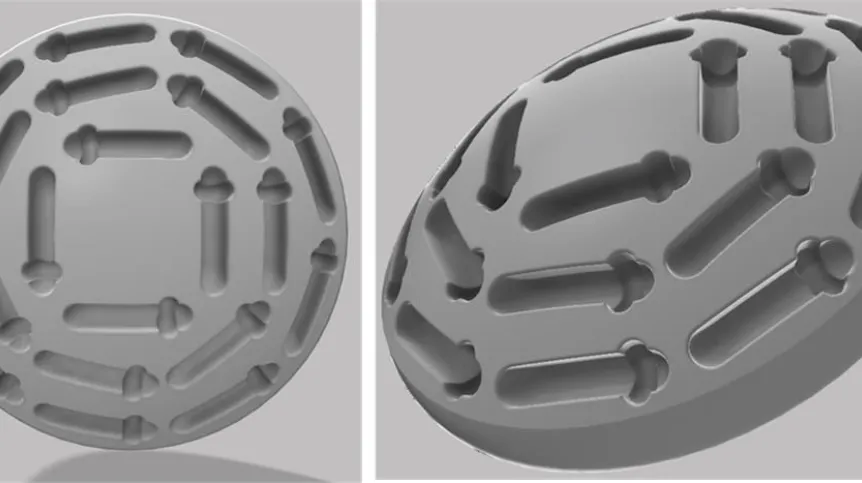
AGH UST scientists, in collaboration with medical physicists and doctors, have developed a 3D printing technology of polymer liners for ocular applicators. Their solution may help patients with intraocular tumours, including a malignant eye tumour - choroidal melanoma.
The technology was developed by AGH University of Science and Technology scientists in collaboration with doctors from the Ophthalmology and Ophthalmic Oncology Clinical Department of the University Hospital in Kraków
According to the AGH UST press release, the team's goal was to “create their own repetitive technology for manufacturing polymer liners in the shortest time possible, to become independent of external suppliers.”
The scientists also wanted to improve the properties of the polymer liners and immediately implement the invention in the treatment of ocular tumours at the University Hospital in Kraków.
The press release said: “The polymer liner facilitates permanent placement of radioactive granules of iodine isotopes in the ocular applicator, making irradiation of the intraocular tumour extremely precise, repetitive, and, above all, effective.”
The researchers added that treatment with the use of ocular applicators, commonly used for many years, “is based on the appropriate location of the tumour in the eyeball, the attachment of the applicator to the surface of the eyeball for the time determined by medical physicists and doctors, and finally the removal of the applicator.”
The initiative is a response to the shortage of medical materials on the market and problems with the delivery of liners for ocular applicators. This caused difficulties in the treatment of patients and interruptions in the use of effective therapy.
PAP - Science in Poland
nak/ ekr/ kap/
tr. RL













